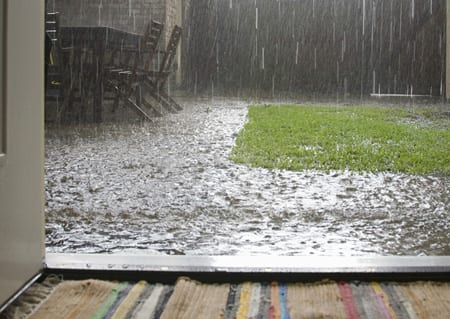Waterproofing
Have a Waterproof Basement With Our Help
The Best Solution At The Optimum Price
THE PROBLEM
Basement leaks are the result of Mother Nature battling basement construction. Nature is a powerful force, and basements aren’t originally built to be as waterproof as you might hope. The result is that many homeowners need to invest in professional basement waterproofing eventually.

THE CA-- USE IS NATURAL
Two basic natural principles are terrible for basements: erosion and water flow. Erosion in nature turns rock into sand and crushes mountains into gravel. It is trying to do the exact same thing to your house all the time, so of course maintenance is going to be involved.
Water flow also presents problems for homeowners. Thanks to gravity, water flows down into the ground. Before your basement was taking up a giant hollow block of space in the earth, there was soil and clay there. Once the building process compresses the soil below and around your home, there is only one place for water to go: your basement. Water will often build up and create hydrostatic pressure around your home, eventually creating fissures and forcing its way inside.
Unfortunately, homes aren’t exactly built to be waterproof. Your home likely sits on a concrete footing, which is essentially a big block of concrete set in a wooden rectangle or square. On top of the footing lies the foundation of your home, and on top of the foundations sits your basement floor. Each layer is made of concrete, and there is a small amount of space between each of these layers. The small cracks between the layers are an invitation for water to invade, create cracks, and eventually leak into and flood your basement.
SOLUTION
It takes quite a bit of human ingenuity to defeat Mother Nature. Luckily, human ingenuity is pretty powerful, and we’ve figured out a way to keep moisture out. A combination of drainage and sealing techniques on the interior and/or exterior of your home are widely considered the best method of waterproofing a basement. Drainage directs water out and away from your house, while coatings provide a barrier that prevents even small amounts of moisture from collecting. These methods provide just the right touch your basement nice and dry, no matter how hard Mother Nature may work to get in.
Typically, flooding occurs as a result of surface water infiltration in the following manner: The rainfall collects (ponds) on the ground surface adjacent to the home. Water, by taking the path of least resistance, flows into the loose backfill adjacent to the basement walls. If the undisturbed soils surrounding the house are relatively impermeable and a properly functioning under drain system is not present, this water will collect in the backfill soil. Water pressure then builds up against the exterior of the basement walls. The condition of the exterior waterproofing now becomes critical. If it is in good condition, the water may build up sufficient pressure to crack the basement walls and allow the water in. If the exterior basement waterproofing has deteriorated at any point, the water will enter there. In either case, the water will be making a continuous effort to relieve the pressure it has built up on the outside of the basement walls by leaking into the basement. Since block walls are hollow a defect on the exterior surface of the wall may result in the lower courses of block becoming filled with water. If the interior side of the block is sound, this condition may go unnoticed for a considerable period of time until the interior surface begins to leak.
Signs which suggest this source of flooding include leaking cracks in the interior basement walls and depressions or cracks, which appear to be well-drained, in the ground surface adjacent of the house.